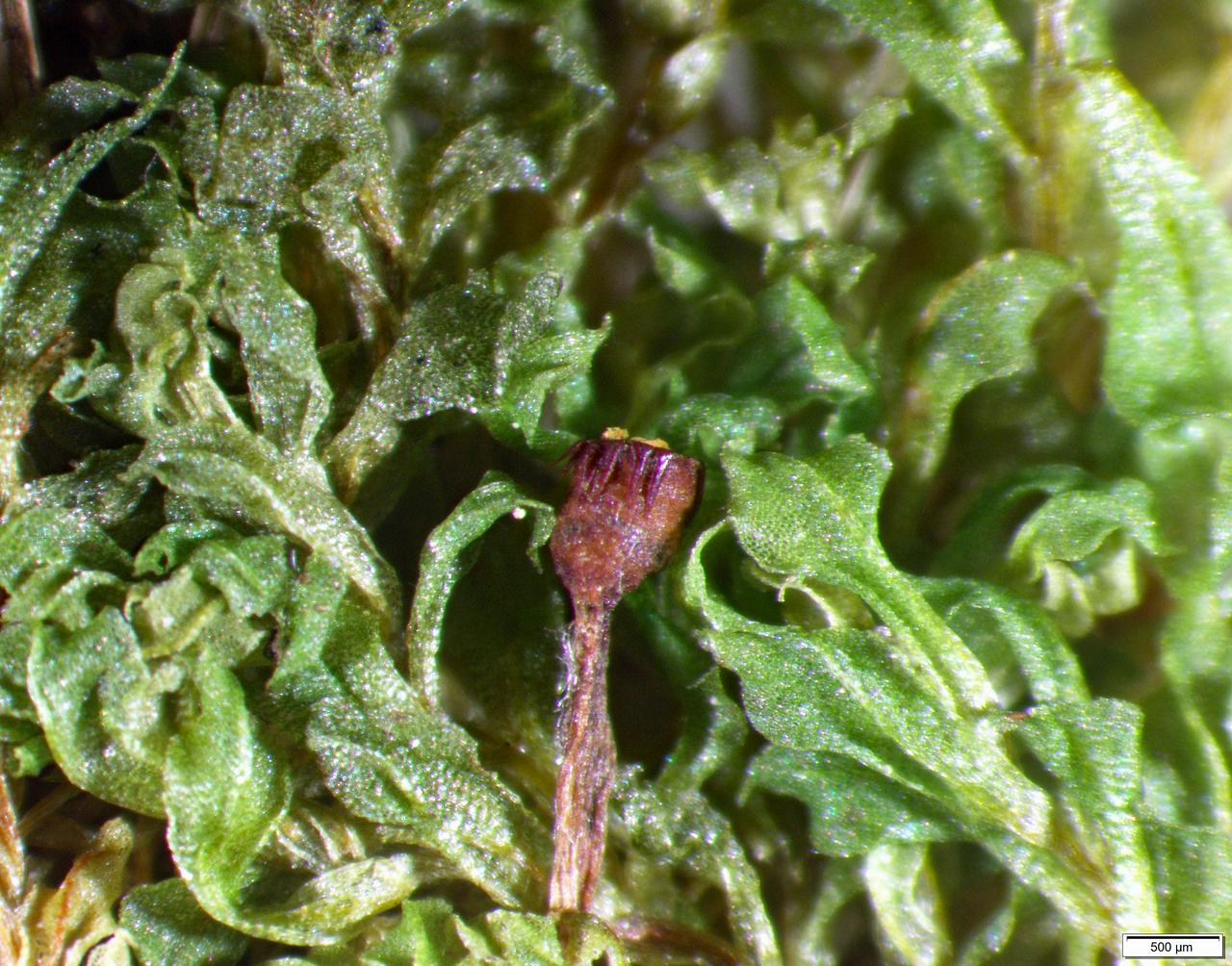
tay_acuminata3.jpg from: https://admissions.wnmu.edu/academic/nspages/gilaflora/tayloria_acuminata.html
Tayloria alpicola Broth.: The Fascinating Alpine Moss
Introduction
The world of mosses is full of fascinating species, each with their own unique adaptations and ecological roles. One such intriguing moss is Tayloria alpicola Broth., a member of the Splachnaceae family. In this blog post, we’ll dive into the details of this alpine moss, exploring its morphology, distribution, habitat, and ecological significance. Get ready to be amazed by the wonders of

TK-Rudolphis-Trompetenmoos-1920×1364-1.jpg from: https://jungfraualetsch.ch/en/protection-and-restoration/priority-species-and-habitats/rudolphs-tayloria-moss/
Tayloria!
Background
Tayloria alpicola Broth., also known simply as

f01_03.jpg from: https://bioone.org/journals/cryptogamie-bryologie/volume-32/issue-1/cryb.v32.iss1.2011.003/Brood-Cells-in-the-Rare-Epiphytic-Moss-iTayloria-rudolphiana-i/10.7872/cryb.v32.iss1.2011.003.full
Tayloria, is a species of moss belonging to the Bryophyta division and Bryopsida class. It was first described by the Finnish botanist Viktor Ferdinand Brotherus in 1903. This moss is part of the Splachnaceae family, which is known for its unique adaptations to growing on animal dung and decaying organic matter in cold, mountainous regions.
Morphology and Identification
Tayloria alpicola is a small to medium-sized moss, typically growing in dense tufts or cushions. Its stems are erect, ranging from 0.5 to 3 cm tall. The leaves are ovate to oblong-lanceolate, with a pointed apex and serrated margins. A key identifying feature of Tayloria is its

brothera_leana.jpg from: https://www.earth.com/plant-encyclopedia/bryophytes/dicranaceae/brothera-leana/en/
distinctive capsule, which is cylindrical and has a swollen, barrel-shaped base called the hypophysis. The capsule is reddish-brown when mature and is supported by a long, slender seta (stalk).
Global Distribution and Habitat
Tayloria alpicola has a wide distribution across the Northern Hemisphere, particularly in alpine and subalpine regions

large.jpeg from: https://www.inaturalist.org/observations/147248800
. It can be found in mountainous areas of Europe, Asia, and North America. This moss prefers to grow on decaying organic matter, such as

59504351.jpg from: https://observation.org/observation/257032499/
animal dung

tayloria-octoblepharum-spring-gy-rd-14-8-18-800×745.jpg from: https://www.fobif.org.au/2018/08/whats-all-that-intensely-green-stuff/tayloria-octoblepharum-spring-gy-rd-14-8-18-800×745/
or rotting logs, in cool, moist environments. It is often associated with late-lying snow patches and high-elevation habitats above the treeline.
Ecological Roles and Adaptations
Like other members of the Splachnaceae family, Tayloria alpicola plays a crucial role in nutrient cycling within its ecosystem. By growing on animal dung, it helps to break down and recycle nutrients that would otherwise be lost. The moss also provides a microhabitat for various invertebrates, such as mites and springtails, which further contribute to decomposition processes.
One of the most remarkable adaptations of Tayloria is its ability to attract insect pollinators. The swollen hypophysis of the capsule emits a strong, sweet odor that resembles decaying fruit. This scent attracts flies, which inadvertently pick up spores and disperse them to new locations, ensuring the moss’s reproduction and spread.

tayloria_serrata.jpg from: https://wnmu.edu/academic/nspages/gilaflora/tayloria_serrata.html

Tayloria-lingulata-Ben-Chonzie-2004_v1.jpg from: https://www.britishbryologicalsociety.org.uk/learning/species-finder/tayloria-lingulata/
| Characteristic | Description |
|---|---|
| Stem height | 0.5 – 3 cm |
| Leaf shape | Ovate to oblong-lanceolate |
| Leaf apex | Pointed |
| Leaf margins | Serrated |
| Capsule shape | Cylindrical with swollen base |
| Capsule color | Reddish-brown when mature |
| Seta | Long and slender |
Conclusion
Tayloria alpicola Broth. is a prime example of the incredible adaptations and ecological roles of mosses in alpine environments. From its nutrient-recycling abilities to its insect-attracting capsules, this small but mighty moss plays a vital part in maintaining the delicate balance of its ecosystem. The next time you find yourself hiking in the mountains, keep an eye out for the distinctive

Tayloria-moss-fobif-walk-16-7-23-39-1024×768-1.jpg from: https://www.fobif.org.au/2023/07/the-short-walk-a-gentle-stroll-down-whisky-gully/tayloria-moss-fobif-walk-16-7-23-39-1024×768/
Tayloria – you might just catch a glimpse of this fascinating species in action! Who knew something so small could be so important?